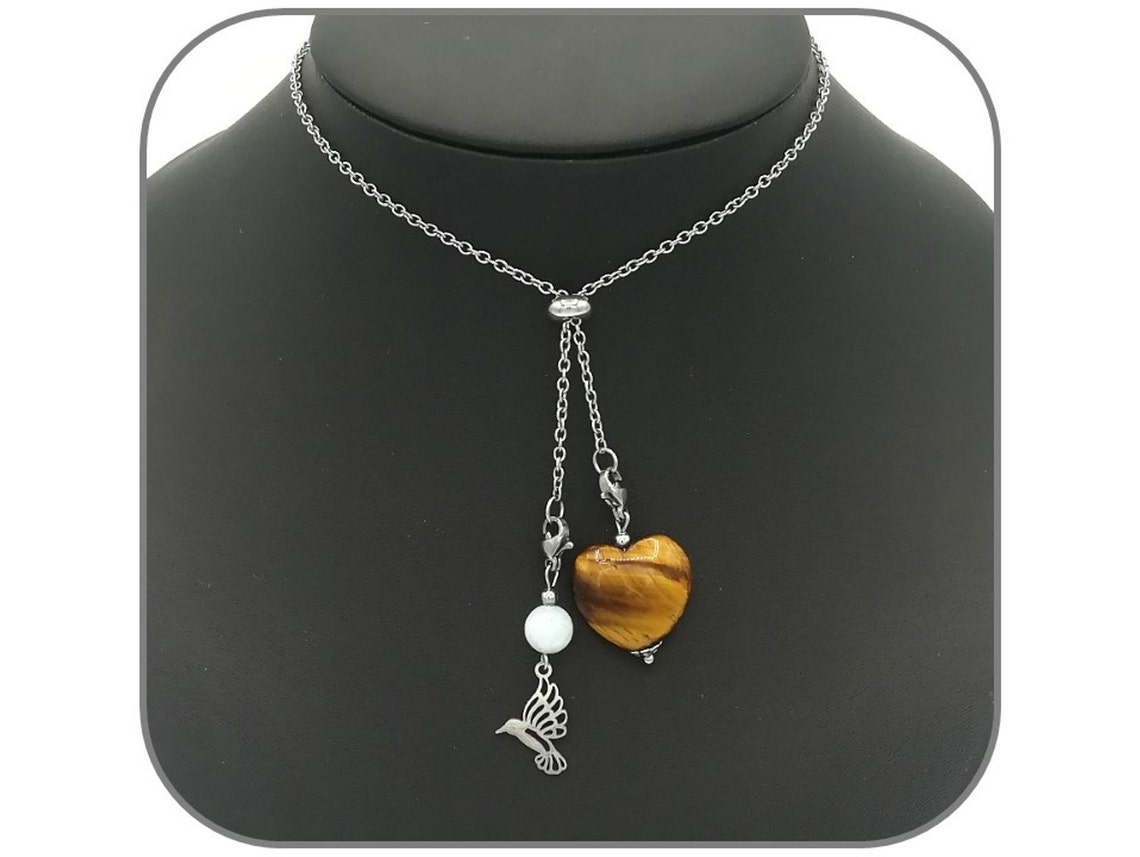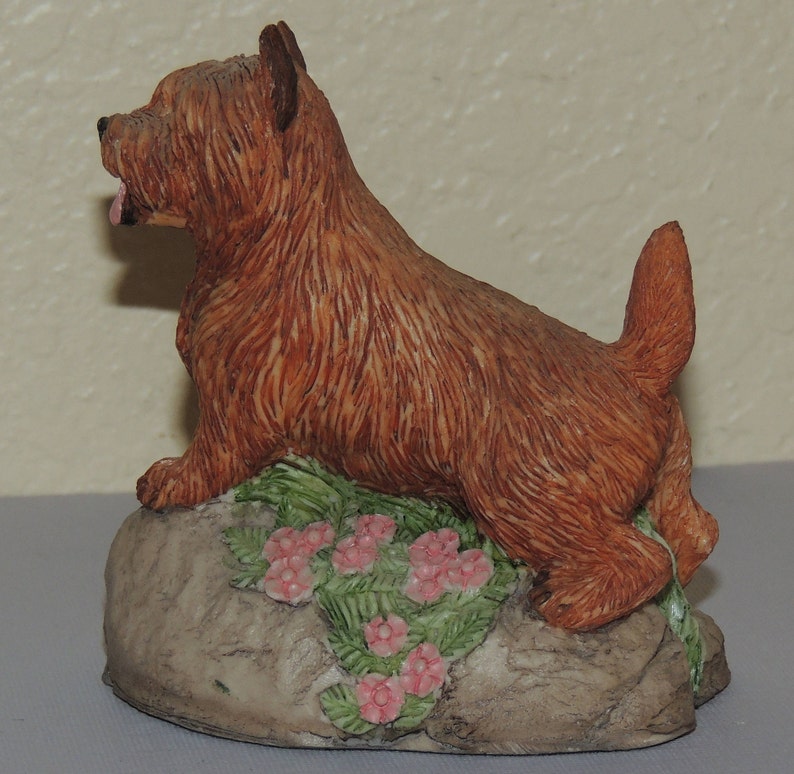
Inavdvertently looting the grave goods of their ancestors. These latter-day shamans may in fact have been

It was said that if a person called out to the stones, they mightĬome to the surface and could then be dug out of the dirt or from the Interestingly enough, some of the intervieweesĬlaimed that the stones were alive and could crawl about Interviewed owned one or more stones, they said that had not carved them They had lost most of the traditions connected with theĬharmstones. Were interviewed by American anthropologists in the late 19th and early 20th century, Mexican colonists and later by Anglo-Americans, left the nativeĬulture in disarray. The conquest of the California Indians, first by Spanish and Material Sampson uses is grey or white marble, which he gets as scrapįrom the makers of tombstones and other monuments. Tough, dark grey stone called amphibolite schist, but the Ancient charmstones were often carved from a locally common It wasĬarved by a Sonoma County stoneworker named Fred Sampson, who is part Originals found in Marin and Sonoma County, California. This charmstone is a modern reproduction based on While obviously phallic, does not directly refer to actual human anatomy. Have a flaring "Japaneque" glans and a central knob that, Sacramento River Delta region are quite elaborated in form and Were hung from a cord that ran under the glans. Grooved on one end and have a plain knob-like glans at the otherĮnd, as shown here later examples lack the hole and groove and The older ones from Sonoma and Marin counties tend to be pierced and Like plummets, they range in length from 4" to 12", but many are aįairly life-sized 6" in length. The most intriguing are those that resemble double-ended human Only occur with great frequency in California.

Well as those of coastal Indians of Louisiana, Maine, and Florida - but phallic charmstones Plummets are found in shallow water and in the graves of coastal California Indians as Or fitted with a groove around one end to accept a hanging-cord. Pear-shaped pieces from 4" to 12" long, which are either pierced Superficially, charmstones are similar to the fishing net weightsĪrchaeologists call plummets. "unuk," "kwungate", and "chi-la" - variously translatedĪs "mysterious thing" and "medicine stone." Not known what these object were called by their makers.Īmong modern Indians they have been called, in various languages, The name "charmstone" is a modern appelation it is until the advent of EuropeanĬolonization. Indians of the region, they are frequentlyįound in areas of shallow muddy water and among the grave goods of men, women, and children who wereīuried from 3,000 B.C.E. Made in several styles and sizes by the pre-Columbian Manufacturers and Distributors of Hoodoo and Conjure Supplies: Oils, Powders, Incense, Baths, Washes, Herbs, Resins, Colognes, Roots, Minerals, Curios, Books, Candles, Statuary, and Amulets.Īre the so-called phallic or penis-shaped charmstones of central and northern coastal California.
#Charmstone methods archive#
The Lucky W Amulet Archive by catherine yronwodeĦ632 Covey Road, Forestville, California 95436Įmail: 7 Days a Week, 9:00 am - 5:00 pm Pacific Time A limited number of copies of this publication are available by contacting or by calling the Cultural Resources Division at 91.Charmstone: A Native American Penis Amulet from California Among other discoveries, this project has revealed the earliest plank houses and the only semi-subterranean sweathouse recorded to date in northwestern California. The unique and ongoing partnership between all these parties has led to the discovery and documentation of an extremely long occupational history spanning about 8,500 years. It contains archaeological, ethnographic, and historical data of this north coast indigenous people.


The report represents a collaborative study for preserving and interpreting an ancient village site located on the banks of the bucolic Smith River. This volume is the result of three years’ worth of research conducted by California State Parks, National Park Service, University of California, Davis, private cultural resource management firms, and local historical societies in cooperation with the Elk Valley and Smith River Rancherias and the general Tolowa community. Presented within is a unique blend of rigorous archaeological investigation, local history, and ethnography. This volume is about the Tolowa, their deep past, their more recent history, and their rich cultural heritage as viewed from a single locality within Jedediah Smith Redwoods State Park named Chvnsu'lh-dvn (TcuncuLtun), or Red Elderberry Place. 30, titled Archaeology, Ethnography and Tolowa Heritage at Red Elderberry Place, Chvn-su’lh-dvn, Jedediah Smith Redwoods State Park. The Cultural Resources Division of the California Department of Parks and Recreation presents Publications in Cultural Heritage, No.


 0 kommentar(er)
0 kommentar(er)
